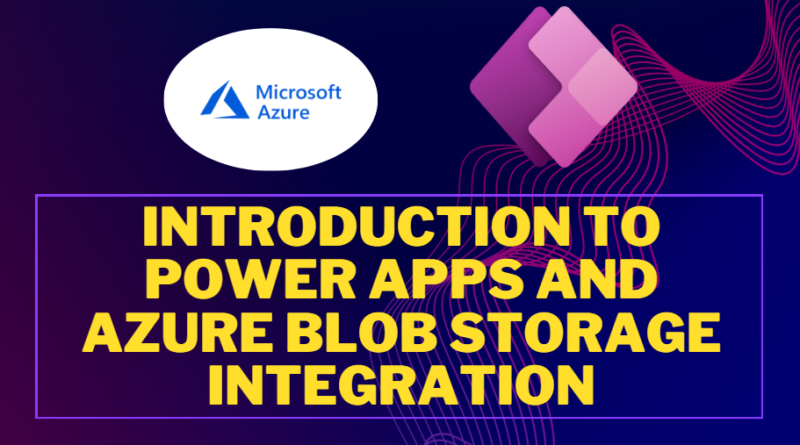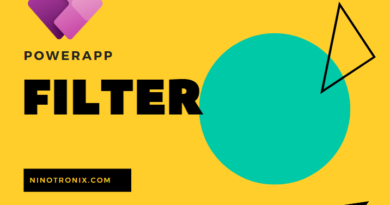PowerApp integration with blob storage
Power Apps is a powerful low-code platform developed by Microsoft that allows users to create and deploy custom business applications without extensive coding knowledge. One of the key features of Power Apps is its ability to integrate with various external services and data sources, including Azure Blob Storage. In this article, we will explore the step-by-step process of integrating Power Apps with Azure Blob Storage.
Step 1: Set up Azure Blob Storage Before we can integrate Azure Blob Storage with Power Apps, we need to set up the storage account in Azure. This involves creating a new storage account or using an existing one. Once the storage account is set up, we need to create a container within the account to store our data.
Step 2: Generate Azure Blob Storage Connection String To connect Power Apps with Azure Blob Storage, we need to obtain the connection string for our storage account. The connection string contains the necessary information to establish a connection, including the account name and access key. This connection string will be used in Power Apps to authenticate and access the storage account.
Step 3: Create a Power App Now it’s time to create a new Power App or open an existing one. Power Apps provides a user-friendly interface for designing the application. We can choose from various templates or start from scratch. Once the app is created, we can design the screens, add controls, and define the app’s functionality.
Step 4: Add the Azure Blob Storage Connector In Power Apps, we need to add the Azure Blob Storage connector to our app. This connector allows us to interact with Azure Blob Storage and perform operations like uploading, downloading, and deleting files. To add the connector, we navigate to the “Data” tab in the Power Apps studio and select “Add data source.” From the list of available connectors, we choose “Azure Blob Storage.”
Step 5: Configure Azure Blob Storage Connection After adding the Azure Blob Storage connector, we need to configure the connection using the previously generated connection string. Power Apps will prompt us to enter the connection details, including the storage account name, access key, and container name. Once the connection is established, Power Apps can communicate with Azure Blob Storage.
Step 6: Implement Blob Storage Operations With the Azure Blob Storage connector set up, we can start implementing the desired operations in our Power App. For example, if we want to upload a file to Blob Storage, we can add an “Upload” button to our app and configure it to use the appropriate action from the connector. Similarly, we can create functionality to download or delete files stored in Blob Storage.
Step 7: Test and Deploy the Power App After implementing the required Blob Storage operations, it’s essential to test the app thoroughly to ensure everything works as expected. We can use the Power Apps studio’s preview feature to test the app on various devices or emulators. Once we are satisfied with the app’s functionality, we can publish and deploy it to the desired environment, such as the Power Apps portal or a mobile device.
In conclusion, integrating Power Apps with Azure Blob Storage offers a seamless way to manage and interact with files within custom business applications. By following the steps outlined above, users can leverage the power of Power Apps and Azure Blob Storage to build robust and efficient solutions for their organizations.




